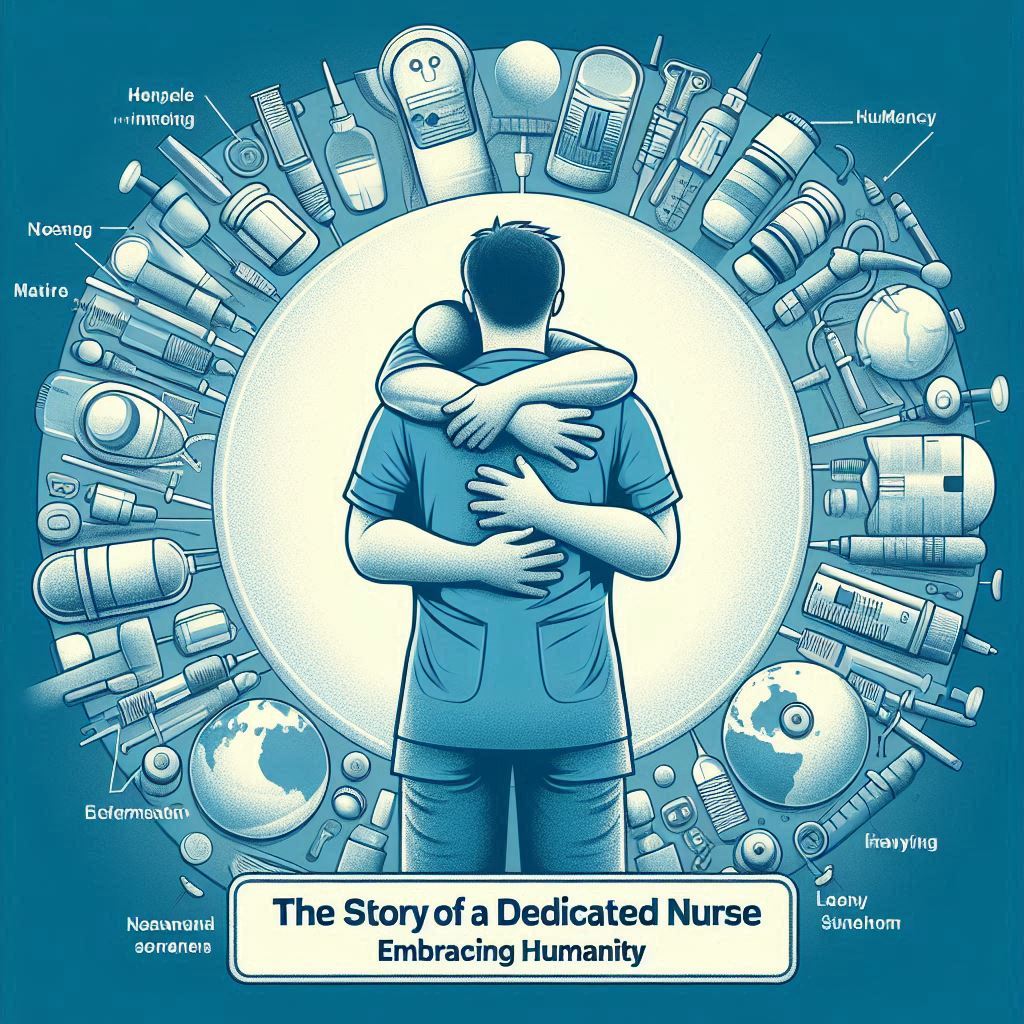
The healthcare industry is undergoing fast change in digital health trends and transforming patient care. Technology is used in digital health trends to enhance the standard and availability of patient care and the field is evolving faster than you can say, “From wearable devices to telemedicine”. Making healthcare more effective, individualised, and available to everybody is the primary objective of the digital health movement.
Did you know that by 2026, the global market for digital health is projected to grow to an astounding $640.9 billion? Patients who utilise it love to reiterate the advantages; it’s as though the medical field as a whole is evolving.Therefore, whether you work in healthcare or are merely interested in learning about the most significant developments in this shift to a digital patient care environment,. In the field of digital health, ten major trends are emerging as leaders:
Telemedicine
The way patients and healthcare providers communicate has changed dramatically with the advent of telemedicine. Patients no longer need to see doctors in person when they may consult them remotely thanks to telemedicine. Telemedicine provides a practical means for patients to receive care from the comfort of their homes, whether via video calls or online chat. Telemedicine is one of the most popular techniques to use in Digital Health Trends Transforming Patient Care in 2024
- Consultations and follow-ups via video calls
- Appointment scheduling and management mobile apps
- Virtual triage systems for prioritising care
- Monitoring via telemonitoring to manage chronic illnesses

How Telemedicine Enhances Healthcare Accessibility
Healthcare professionals, such as nurses and doctors, can now reach patients who previously might not have had as much access thanks to telemedicine. Telemedicine is invaluable for people with mobility impairments or those who live in remote areas. It connects physicians and patients by providing consultations, follow-ups, and even some diagnostics online.
Telemedicine advantages for rural communities
Telemedicine has proven to be beneficial for rural communities. Patients are frequently forced to travel great distances from the ruler area for care because these areas frequently lack medical facilities, especially when tertiary care is needed. Rural patients can obtain professional medical advice via telemedicine without having to leave their homes and go that far away.
Consumerization of Health Care
Consumerization of healthcare refers to a shift towards more patient-centred care. Patients now have more control over their healthcare options, thanks to a variety of tools and platforms that enable them to manage their health more proactively.

How Consumerization Empowers Patients
Patients now have more control over everything from healthcare provider selection to medical data management. Patients can make informed decisions about their care using online reviews, patient portals, and even comparison tools, just as they would when shopping for other services or products.
IoT devices and Wearable Technology
Wearables, such as smartwatches and fitness trackers, are now more than just tech accessories. These are effective instruments for tracking health and promoting healthier living. These gadgets gather data in real time on blood oxygen levels, heart rate, and sleep habits.
- Smart watches and fitness trackers provide continuous health monitoring.
- Real-time data collection via implantable sensors
- Medication adherence through connected devices.
- Internet of Things-enabled home health monitoring systems

Wearable Devices for Chronic Condition Monitoring
Beyond fitness, wearables are critical for tracking long-term health issues such as diabetes and high blood pressure. Patients and doctors can keep an eye on critical data trends and make adjustments in real time, leading to more proactive care.
Artificial Intelligence (AI) in Healthcare
In today’s digital world, ai plays most important role in today’s digital health trends Transforming patient care in 2024. Let’s explore it today, but before we explore, you have to know that AI is transforming how healthcare providers diagnose and treat patients. Artificial intelligence (AI) algorithms have the capacity to quickly analyse vast amounts of medical data, helping physicians provide more precise diagnoses and individualised treatment regimens.
- AI-powered imaging analysis enables faster and more accurate diagnosis.
- Predictive analysis for personalised treatment plans.
- Machine learning algorithms for drug discovery and development.
- Surgical planning and simulation assisted by artificial intelligence.
AI-powered imaging analysis for quicker, more precise diagnoses
In fields such as radiology and pathology, artificial intelligence can scan images for abnormalities much faster than humans. This helps doctors diagnose conditions like cancer in their early stages, which can save lives.
Predictive Analytics for Personalised Medicine
AI can also predict future health risks by analysing patient history, genetics, and lifestyle factors. This allows for personalised treatment plans that are tailored to the specific needs of each patient. Always consult with your doctor before taking any action.
Electronic Health Records (EHRs)
Paper charts are no longer used. Electronic Health Records (EHRs) have improved patient data management by allowing healthcare providers to quickly access comprehensive medical histories.
Streamlining Patient Data with EHRs
EHRs ensure that patient information is readily available across multiple healthcare providers, which improves care coordination. This results in fewer errors, faster diagnoses, and better overall patient outcomes.
Access for Underserved Communities
Digital health has created new opportunities for underserved populations, particularly those who have historically had limited access to high-quality healthcare.
How Digital Health Improves Access to Care
Telemedicine, mobile health apps, and remote monitoring devices all help to reduce geographical and financial barriers to healthcare. These tools offer low-income or rural populations a cost-effective way to receive care without having to travel or miss work.
Mobile health (mHealth) applications
Mobile health apps are now an essential part of managing daily health, providing everything from medication reminders to telemedicine consultations.
Empowering Patients with Self-Management Tools
These apps give patients the tools to take control of their own health, whether it is managing chronic conditions, monitoring symptoms, or using telehealth services.
Robotics in Surgery
Robotic systems have been a game changer in highly invasive surgeries. These robots allow for greater precision and control, reducing complications and recovery times.
Remote Patient Monitoring (RPM)
RPM tools allow doctors to monitor their patients’ health from a distance. Whether tracking vitals after surgery or monitoring a chronic condition, RPM allows for continuous care without the need for hospital visits.
Application of Big Data in Healthcare
Big data is used to improve patient outcomes by identifying trends and making data-driven decisions. Data from EHRs, wearables, and clinical trials can be used by healthcare providers to predict and improve patient care.
How Big Data Enhances Decision-Making
Big data allows healthcare providers to analyse massive amounts of information, including patient records and population health trends. This aids in identifying risk factors, optimising treatment strategies, and even forecasting disease outbreaks.

Blockchain Technology in Healthcare
Blockchain improves healthcare data security by generating an unchangeable ledger of patient records. This technology helps to protect sensitive information from breaches while also ensuring privacy.
- Electronic health records (EHRs) are stored decentrally.
- Improving data security and patient privacy
- Improved interoperability among healthcare providers
- Smart contracts for automatic insurance claims processing
Conclusion:
Wow! What an incredible journey through 2024’s digital health landscape! AI doctors and blockchain-secured medical records demonstrate that the future of healthcare is not just knocking on our door but bursting through it! These digital health trends are more than just fancy gadgets and technology; they are the foundation of a healthcare system that is more efficient, personalised, and accessible than ever before.
But here’s the catch: this is just the beginning! As these technologies advance and integrate, we can envision a future in which healthcare actively promotes wellness rather than treating illness. Consider a world in which your watch detects a heart irregularity before it becomes serious, or where a virtual reality session relieves your anxiety as effectively as any pill.
So, whether you are a healthcare provider eager to adopt these innovations or a patient eager to take control of your health, keep in mind that the future of healthcare is in your hands literally, if you are wearing a smartwatch! Let us embrace these digital health trends and work together to make the world a healthier, happier place. Is not that exactly what the digital doctor ordered.
Want to read more about nurse Read more



